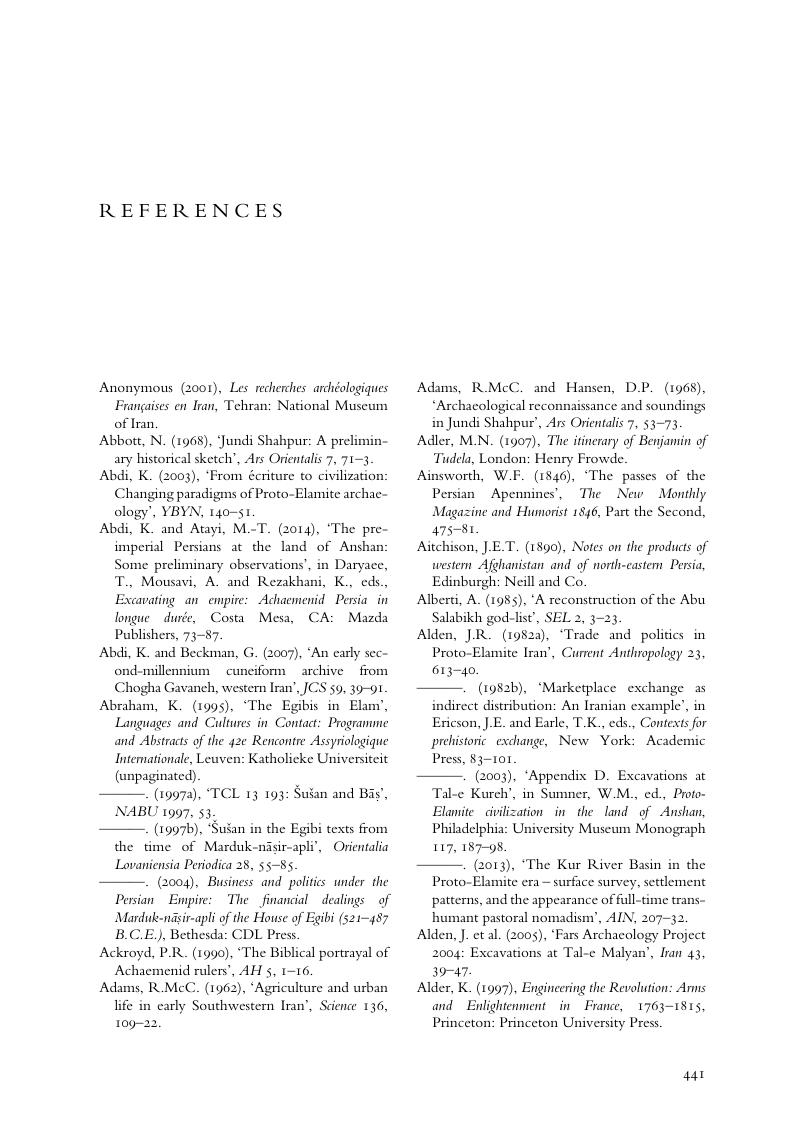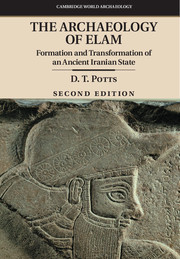Book contents
- Frontmatter
- Dedication
- Contents
- List of illustrations
- List of tables
- Preface to the second edition
- Preface and acknowledgements
- Acknowledgements for photographic reproduction
- List of abbreviations
- Note on transliteration and dating systems
- 1 Elam: what, when, where?
- 2 Environment, climate and resources
- 3 The immediate precursors of Elam
- 4 Elam and Awan
- 5 The dynasty of Shimashki
- 6 The grand regents of Elam and Susa
- 7 The kingdom of Susa and Anshan
- 8 The Neo-Elamite period
- 9 Elam in the Achaemenid empire
- 10 Elymais
- 11 Elam under the Sasanians and beyond
- 12 Conclusion
- References
- Index
- References
References
Published online by Cambridge University Press: 18 December 2015
- Frontmatter
- Dedication
- Contents
- List of illustrations
- List of tables
- Preface to the second edition
- Preface and acknowledgements
- Acknowledgements for photographic reproduction
- List of abbreviations
- Note on transliteration and dating systems
- 1 Elam: what, when, where?
- 2 Environment, climate and resources
- 3 The immediate precursors of Elam
- 4 Elam and Awan
- 5 The dynasty of Shimashki
- 6 The grand regents of Elam and Susa
- 7 The kingdom of Susa and Anshan
- 8 The Neo-Elamite period
- 9 Elam in the Achaemenid empire
- 10 Elymais
- 11 Elam under the Sasanians and beyond
- 12 Conclusion
- References
- Index
- References
Summary

- Type
- Chapter
- Information
- The Archaeology of ElamFormation and Transformation of an Ancient Iranian State, pp. 441 - 500Publisher: Cambridge University PressPrint publication year: 2015



